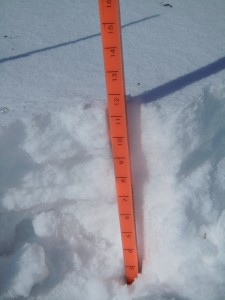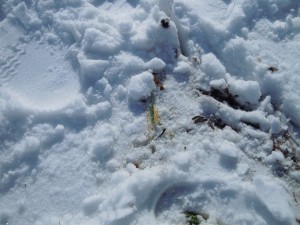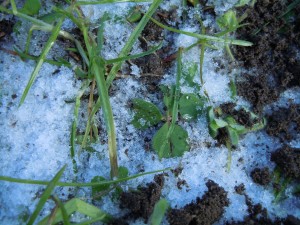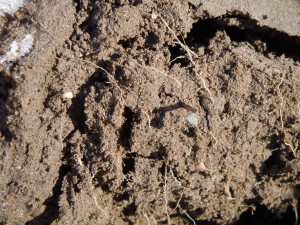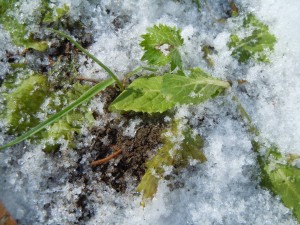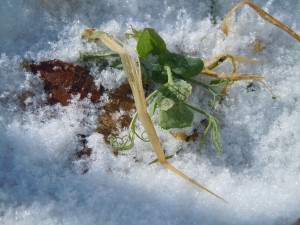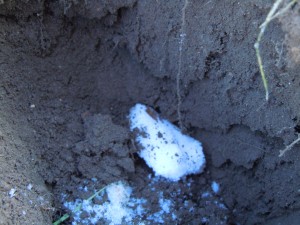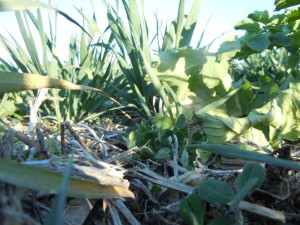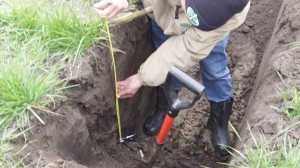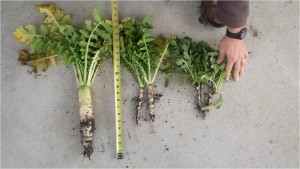
My good friend David from Mercer County, Ohio is a great cover crop advocate. Over the past few years he and his father-in-law have begun planting cover crops after their wheat crop is harvested. The first year he planted oats and cover crop radish and this past year they planted a mixture called N-Vest® Groundbreaker Mix (a mixture of Austrian winter peas and cover crop radishes). The summer of 2010 set some records for being exceptionally dry. Neither the peas nor radish grew the way anyone hoped for, but David did find radish roots around 20 inches deep. The peas were less than spectacular but still acceptable for as dry as it was.
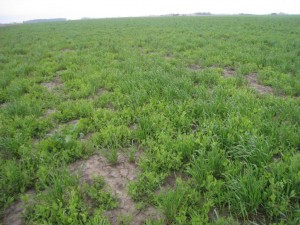
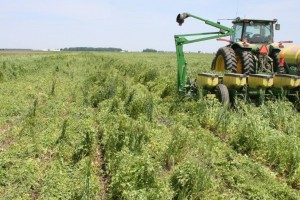
As I have reported in several previous posts, the weather in NW Ohio and the Eastern Corn Belt was the wettest in 120 plus years of keeping records. The Austrian winter peas and volunteer wheat over-wintered. In early May David was convinced that they would no-till directly into that “mix.” But the rain came and came often! By early June the peas had grown quite a bit, like up to four feet tall…and that is what they no-tilled into. Actually, David said it was the “most mellow soil” he planted into all spring.
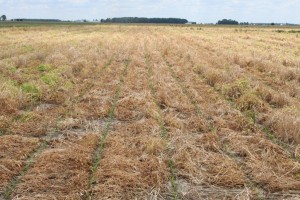
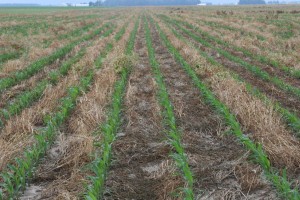
I joke that David was nearly written out of the family will when he started no-till planting his corn! The neighbors were all watching but David persevered and kept planting…even though it was not as easy or as early as he hoped it would be. A few days later David e-mailed me more photos…and then a week later more photos…
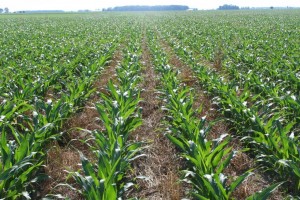
So now the neighbors are wondering about this David “kid” that married into this operation. Maybe he is not as foolish as they thought earlier in the spring! Exactly four weeks after planting the corn was over “knee high by the 4th of July” and now the neighbors are asking what that cover crop was!
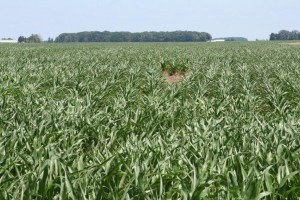
But the dry summer of 2010 was now being duplicated by another dry summer and the summer of 2011 has been much hotter than 2010. So how has the no-till corn fared during these challenging conditions? Very well, actually.
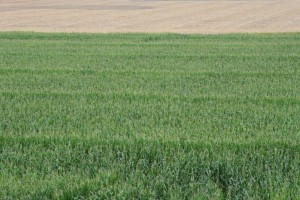
So will David plant cover crops again? Yes! In fact they are already in the ground and waiting for rain to emerge. David has been very excited all the way through this process as he has been confident he is doing the right thing for his soil and the future of his farming operation. Thanks to David for providing the photos and information to encourage all of us that cover crops are an exciting option that we should all consider.
